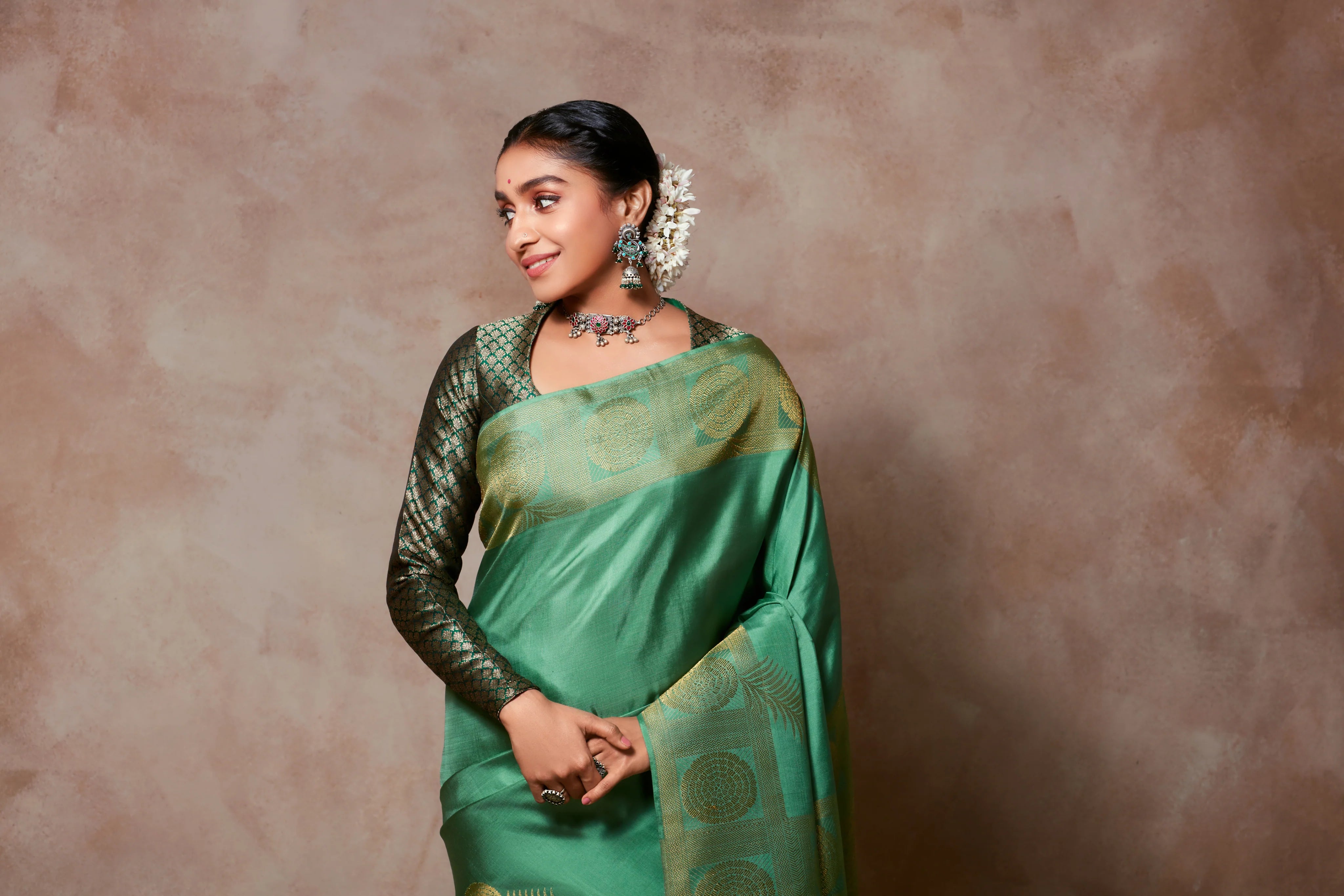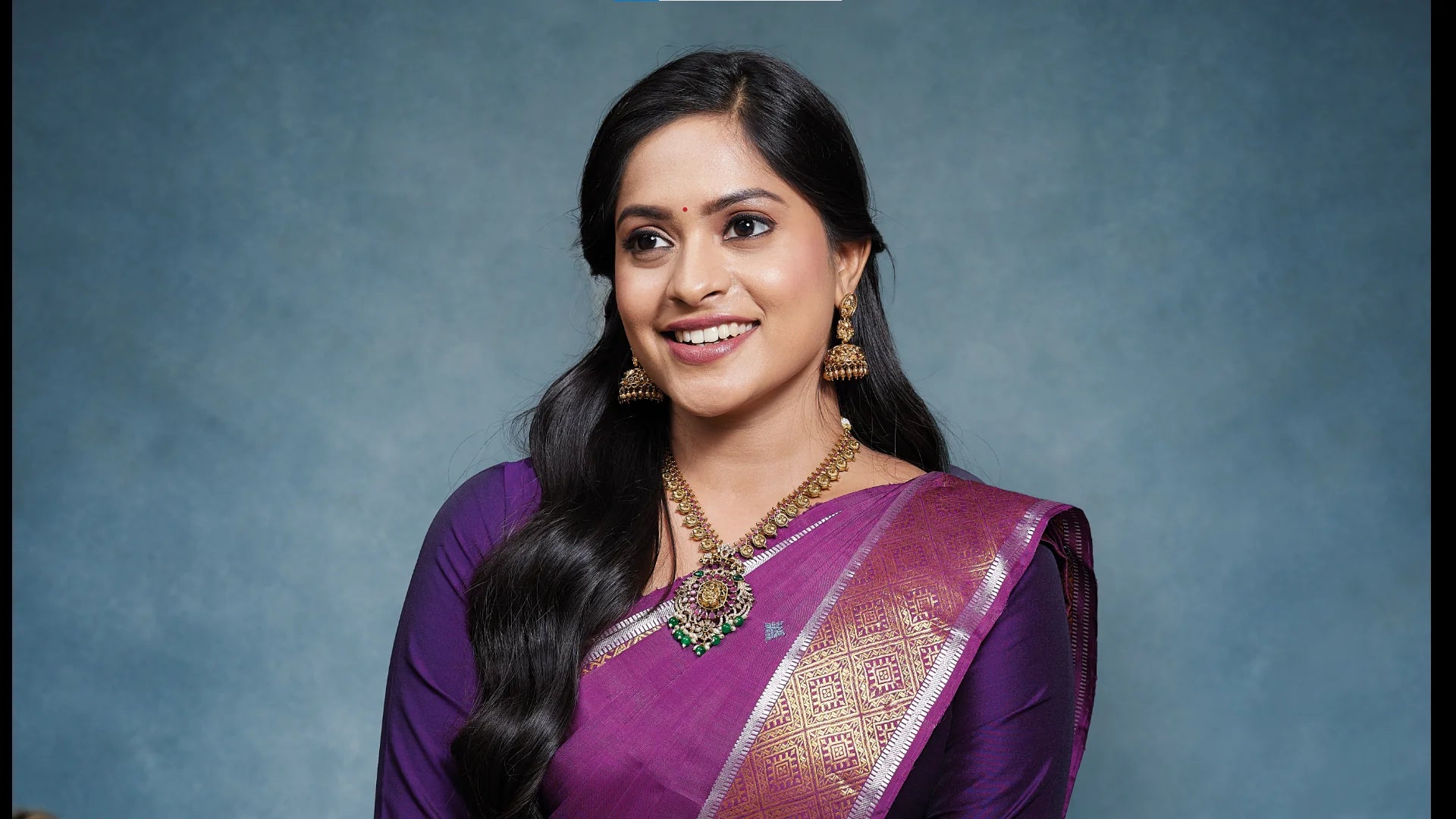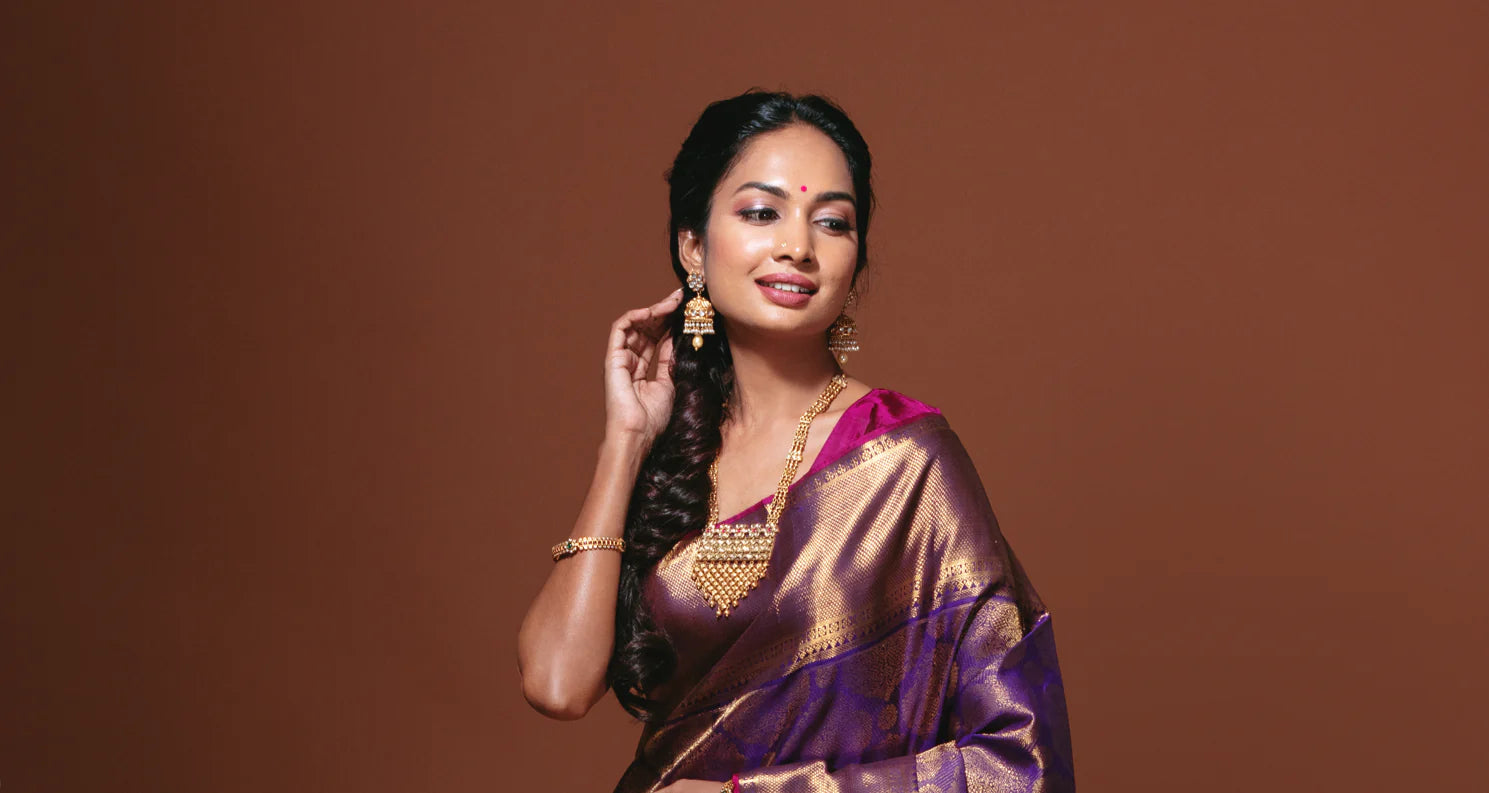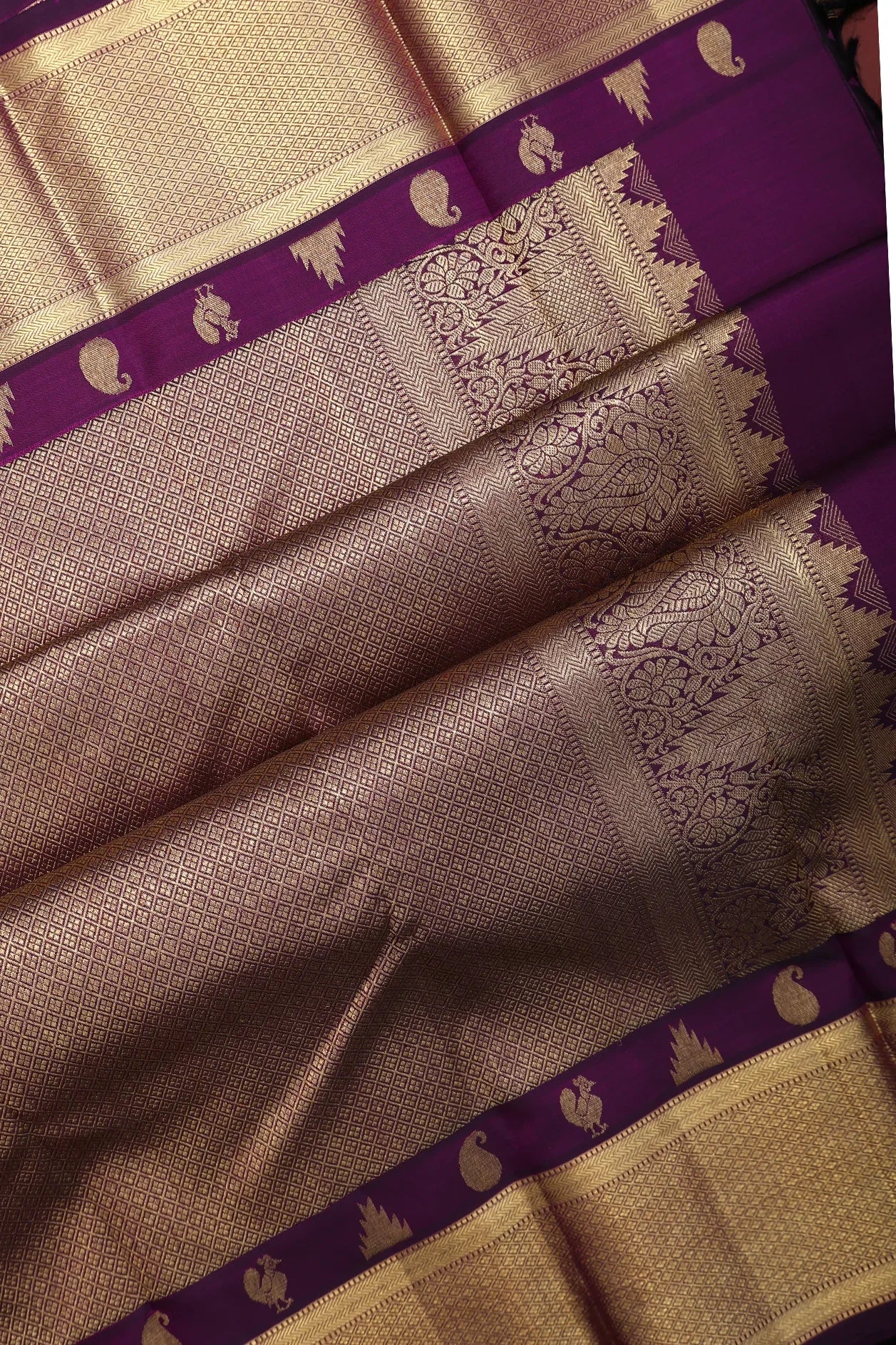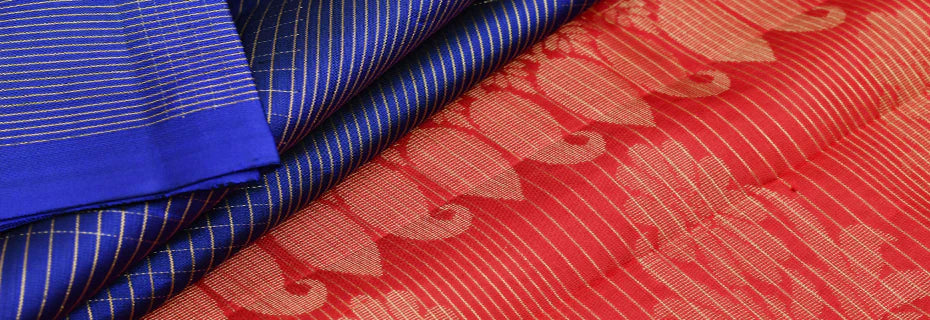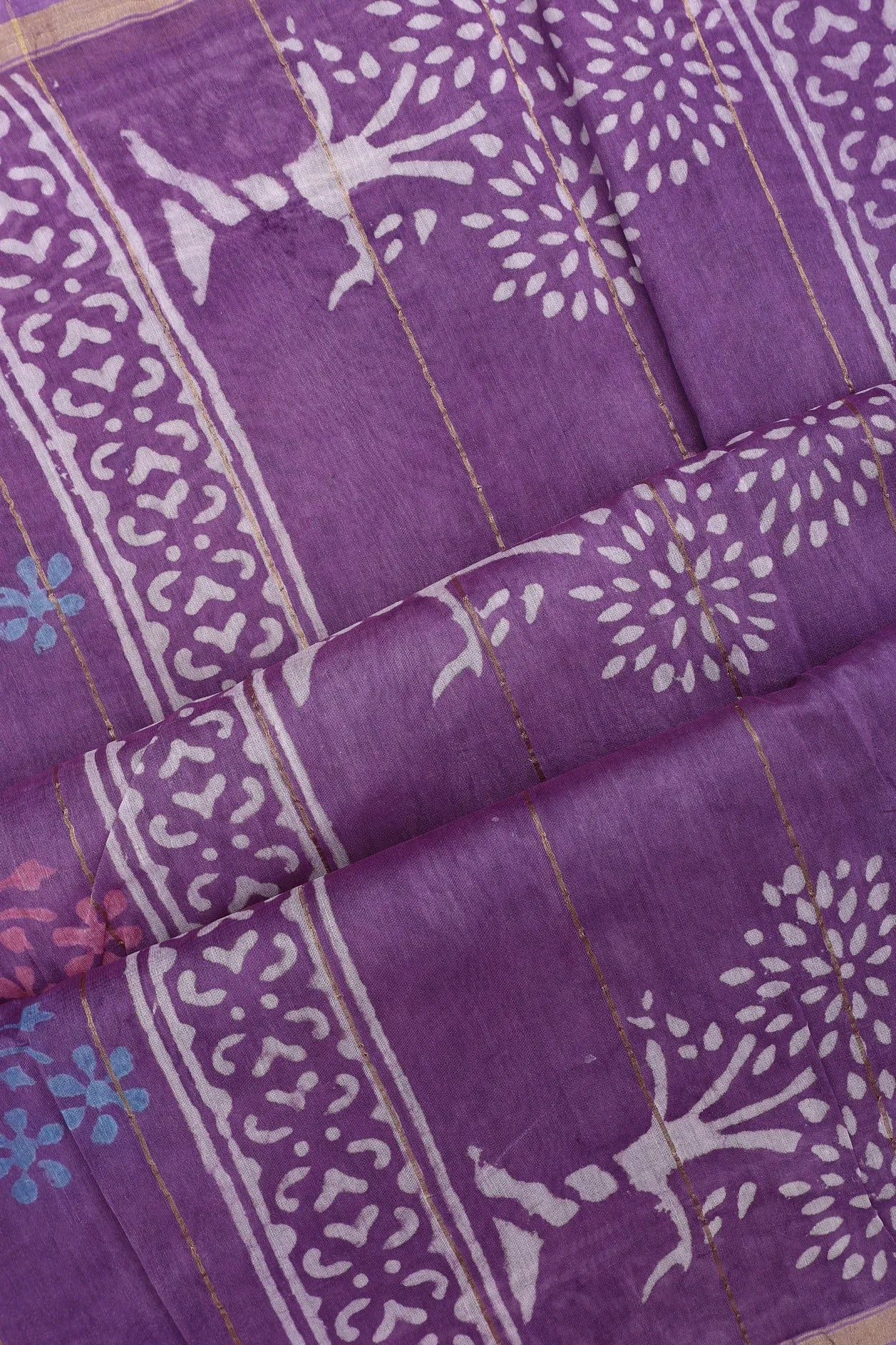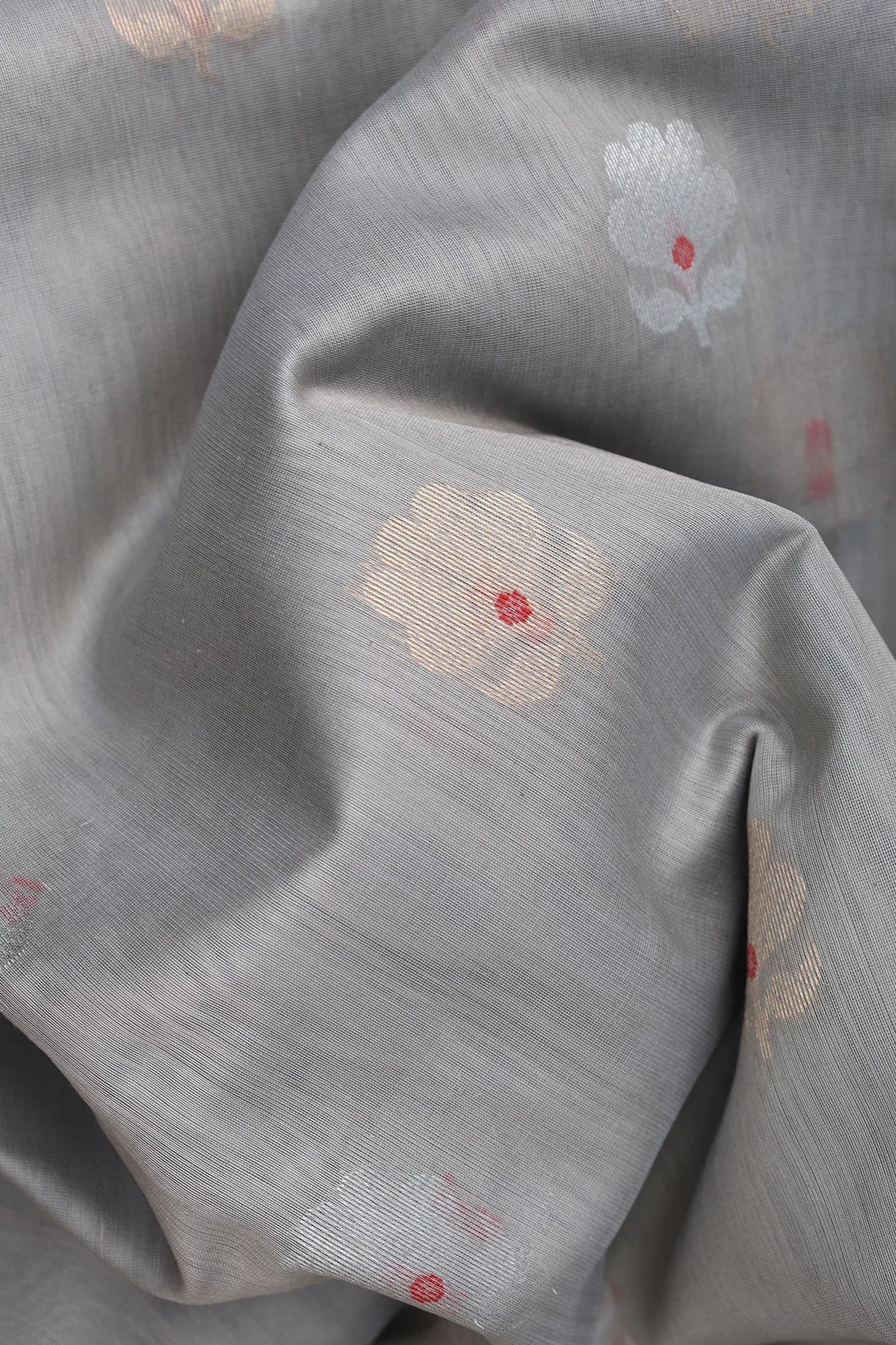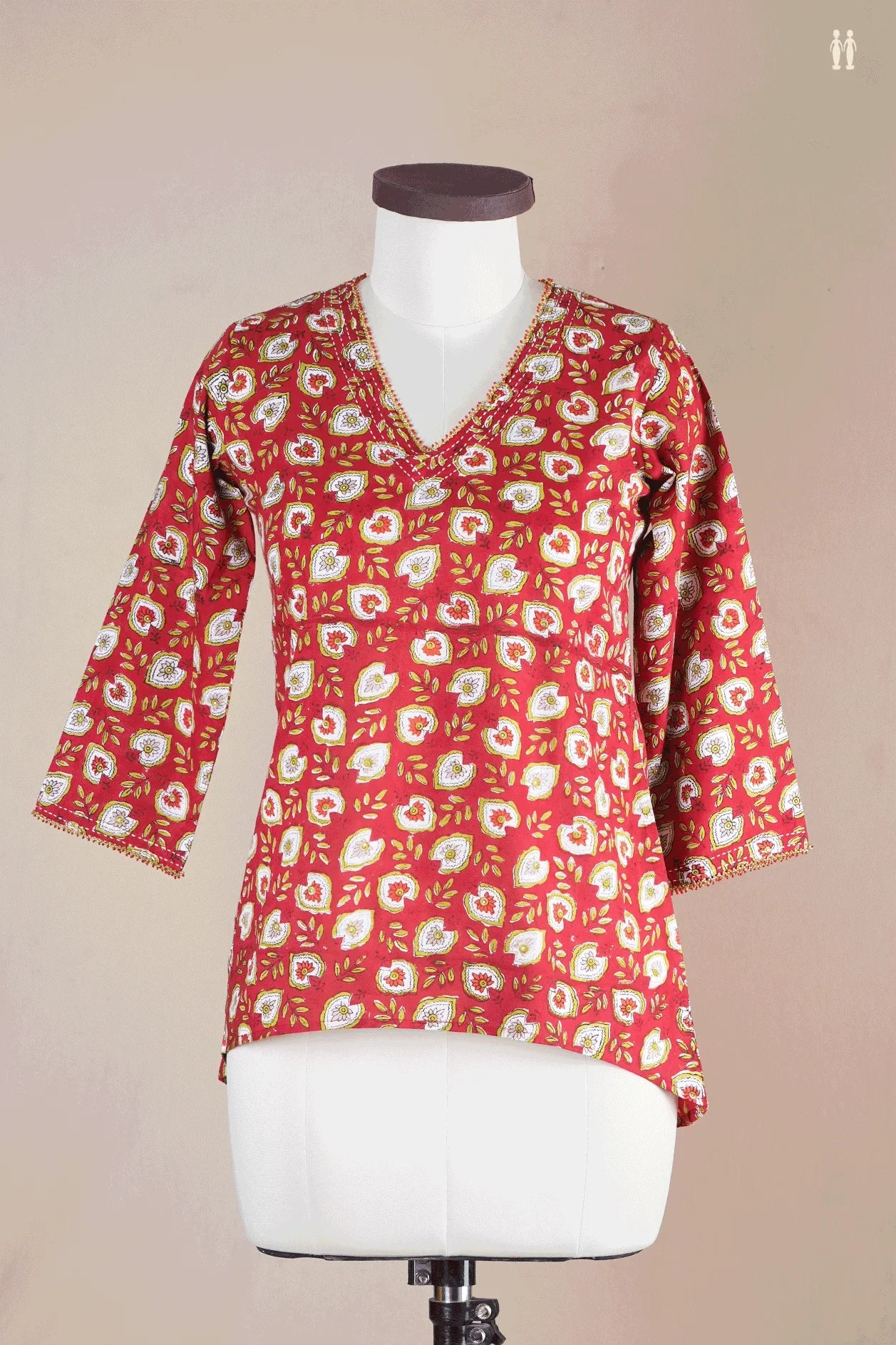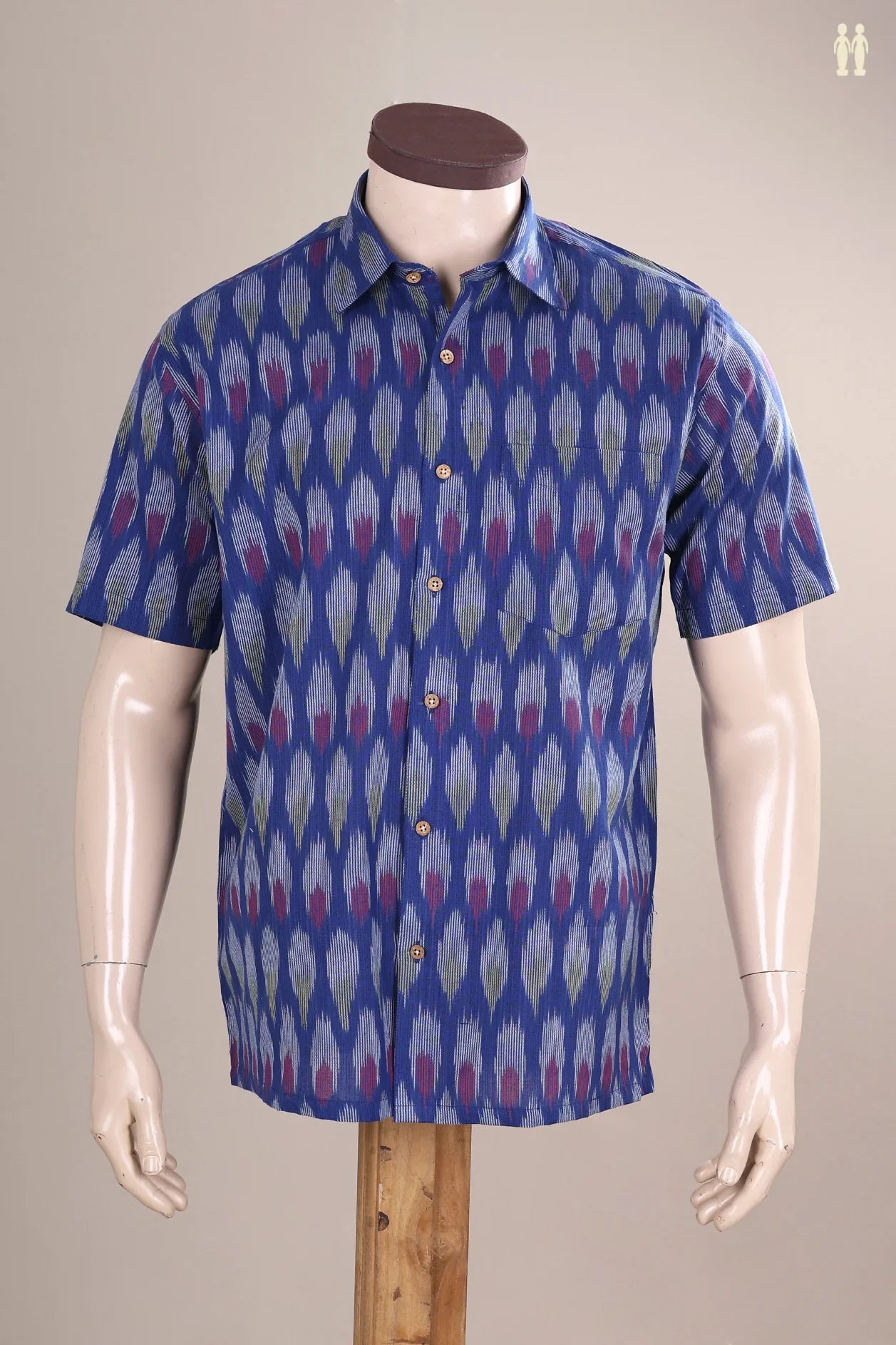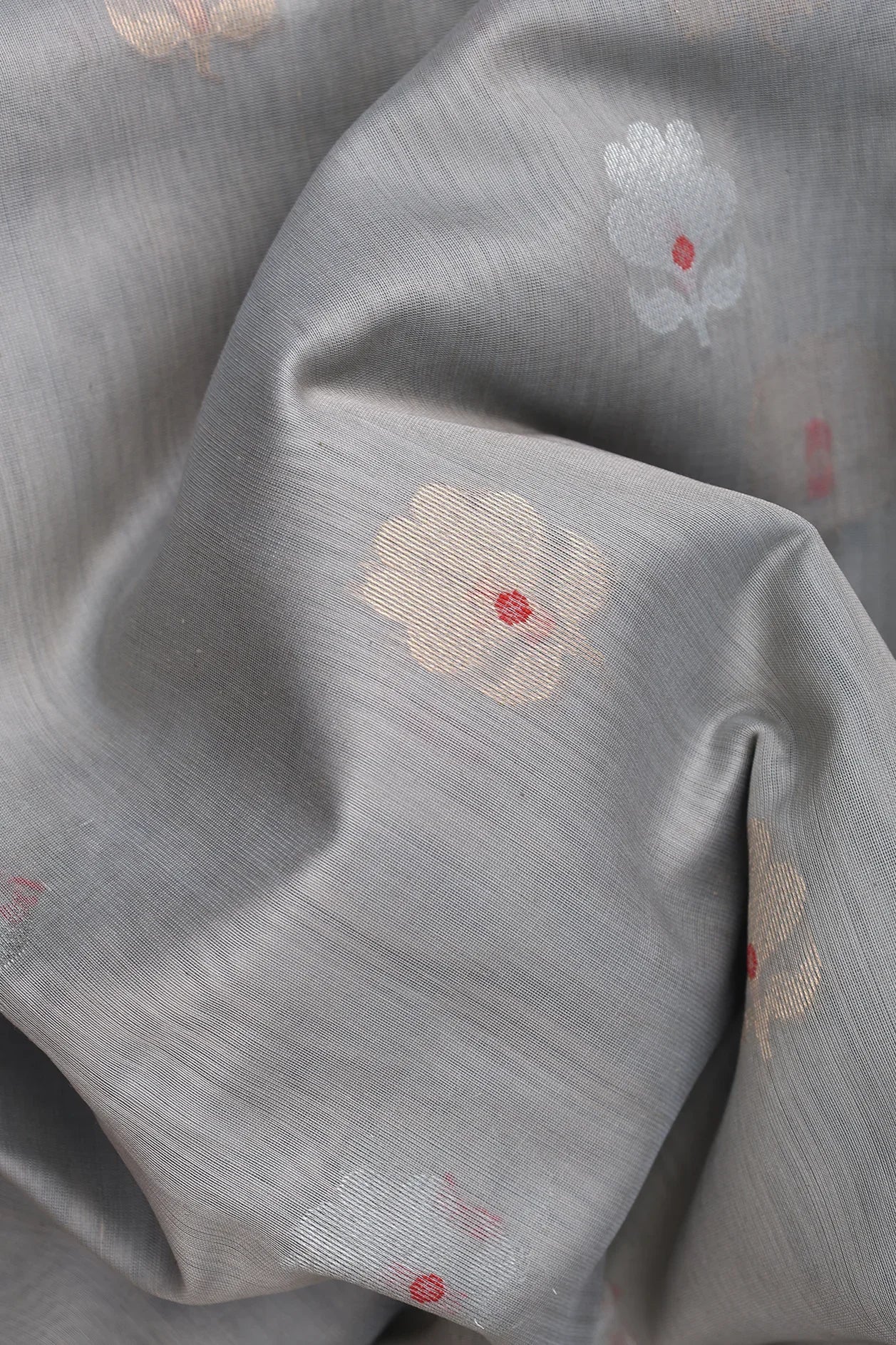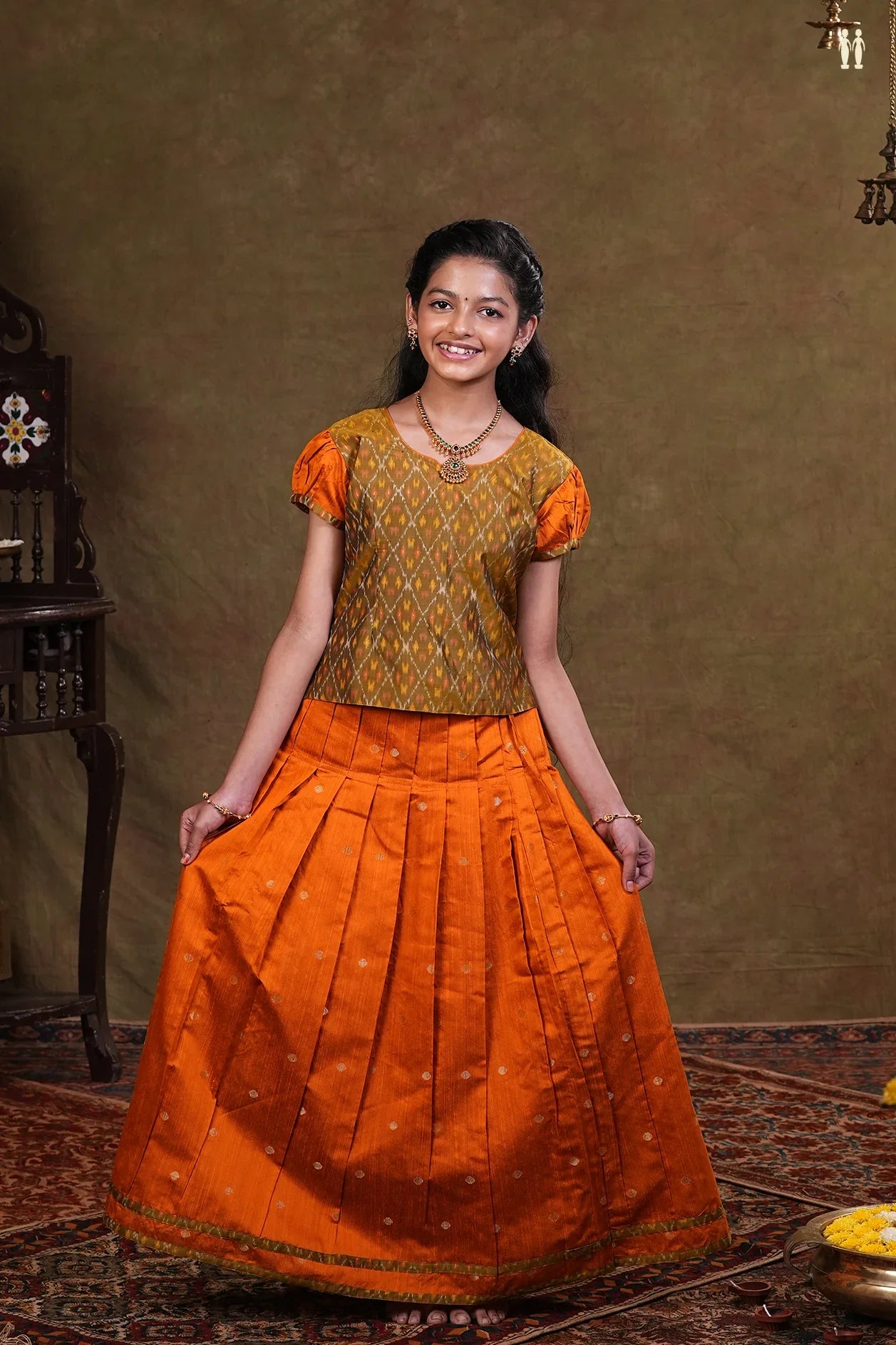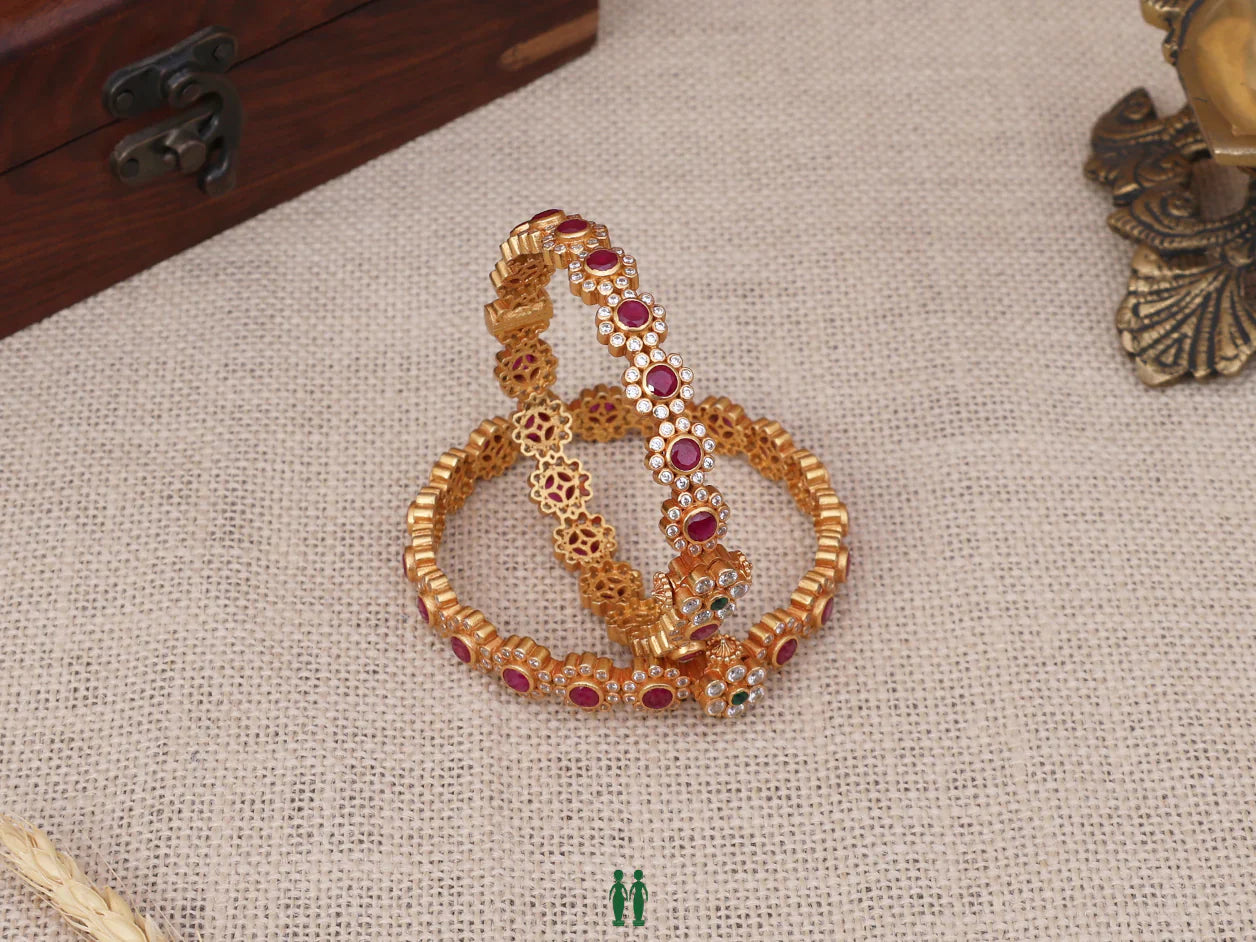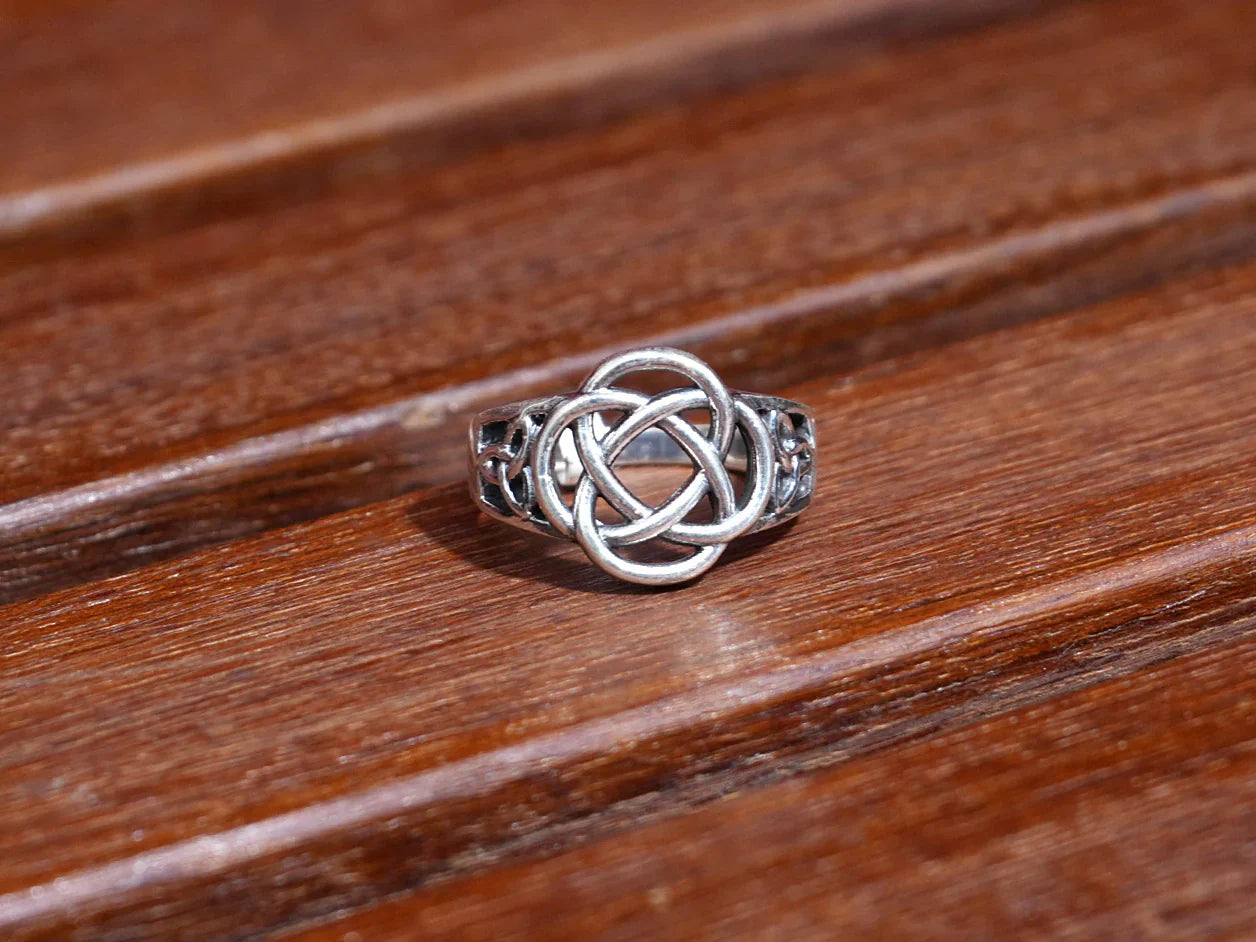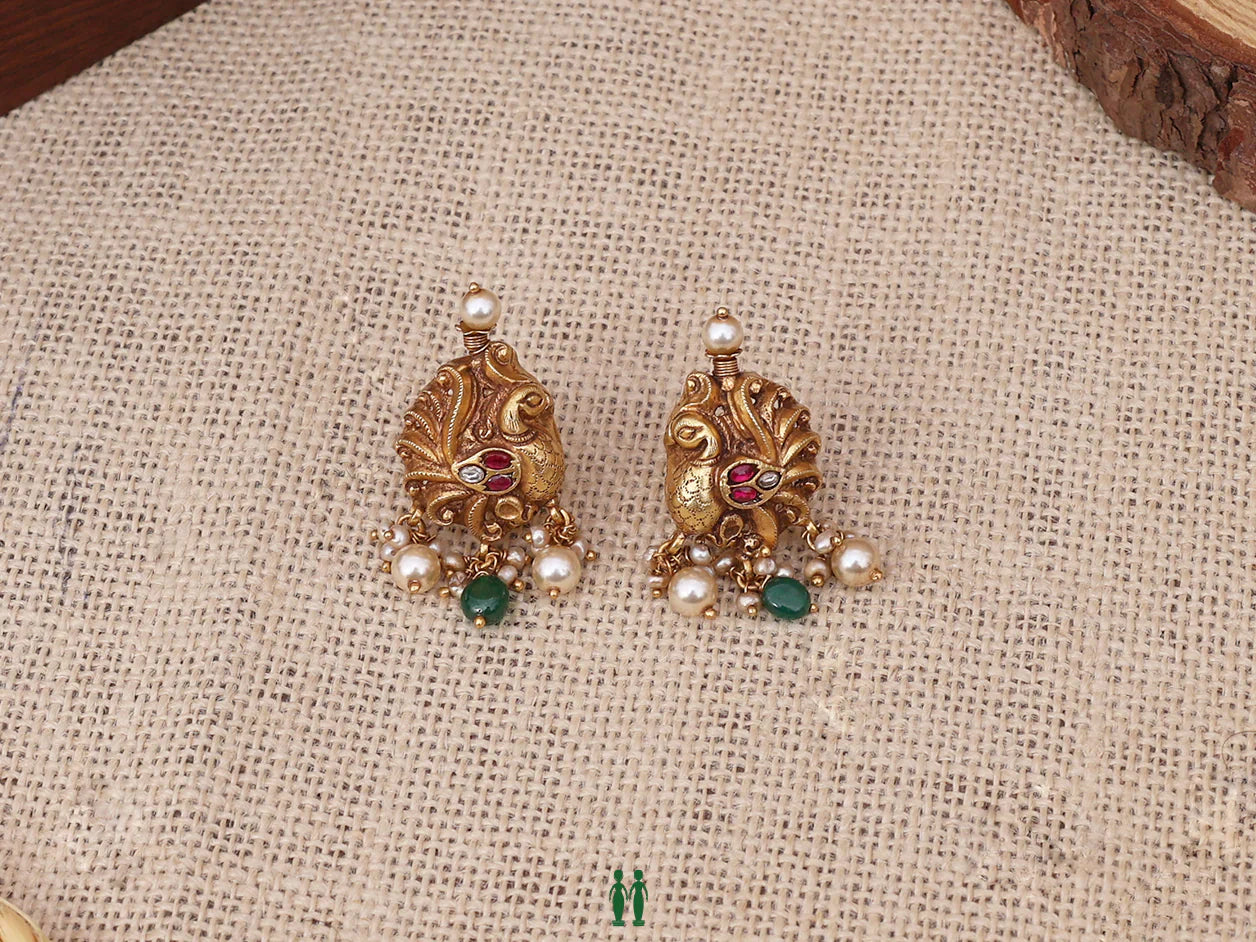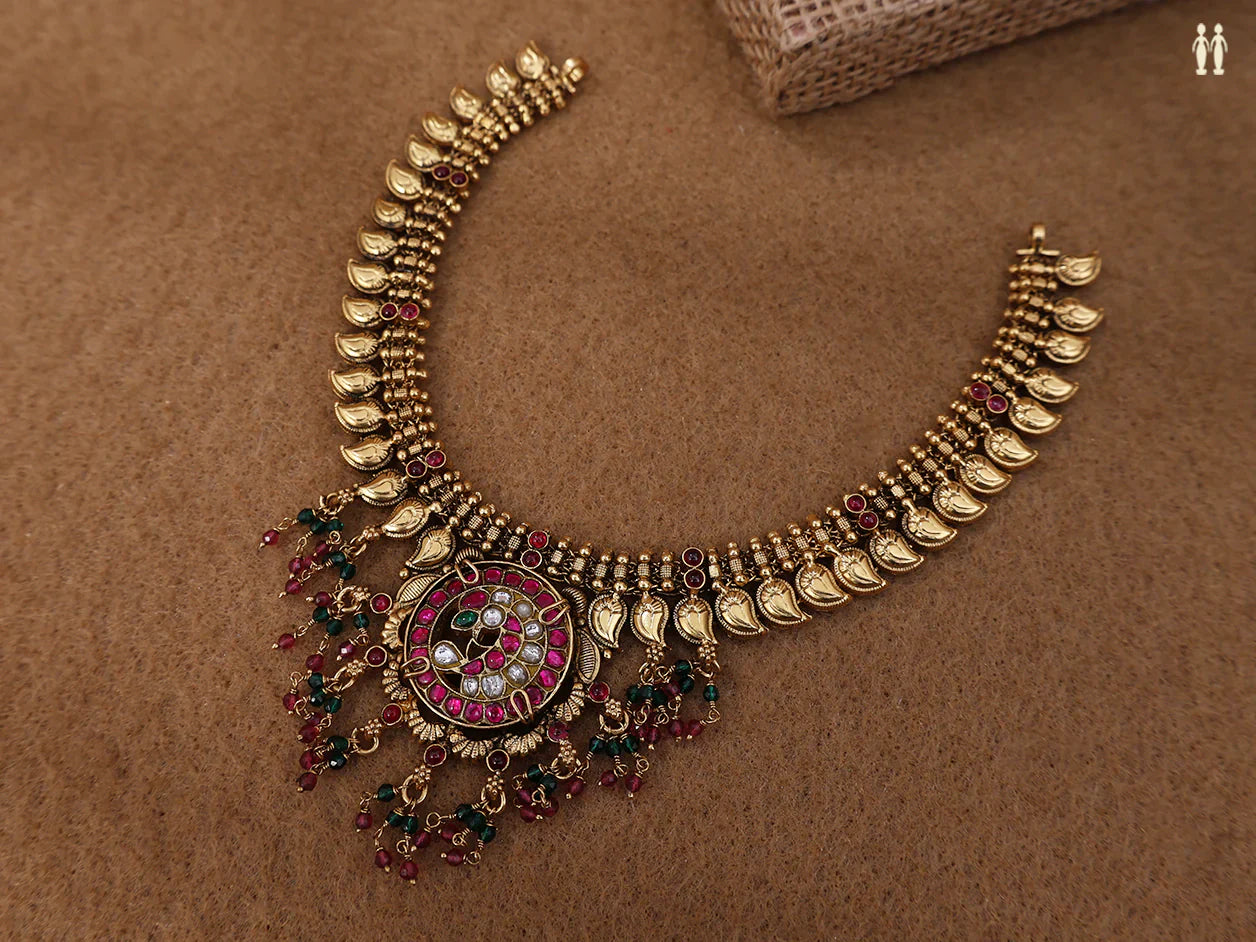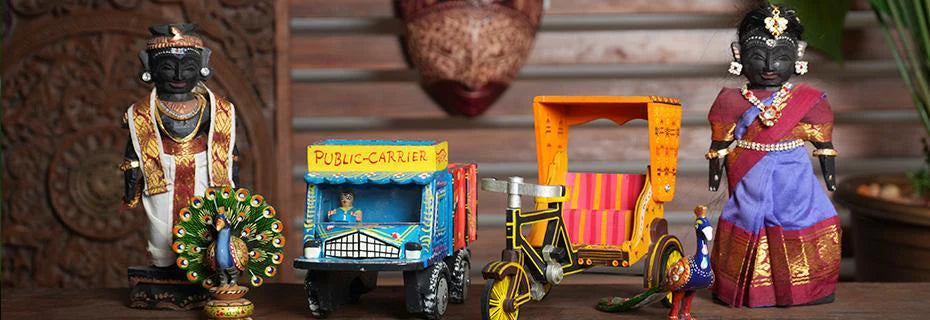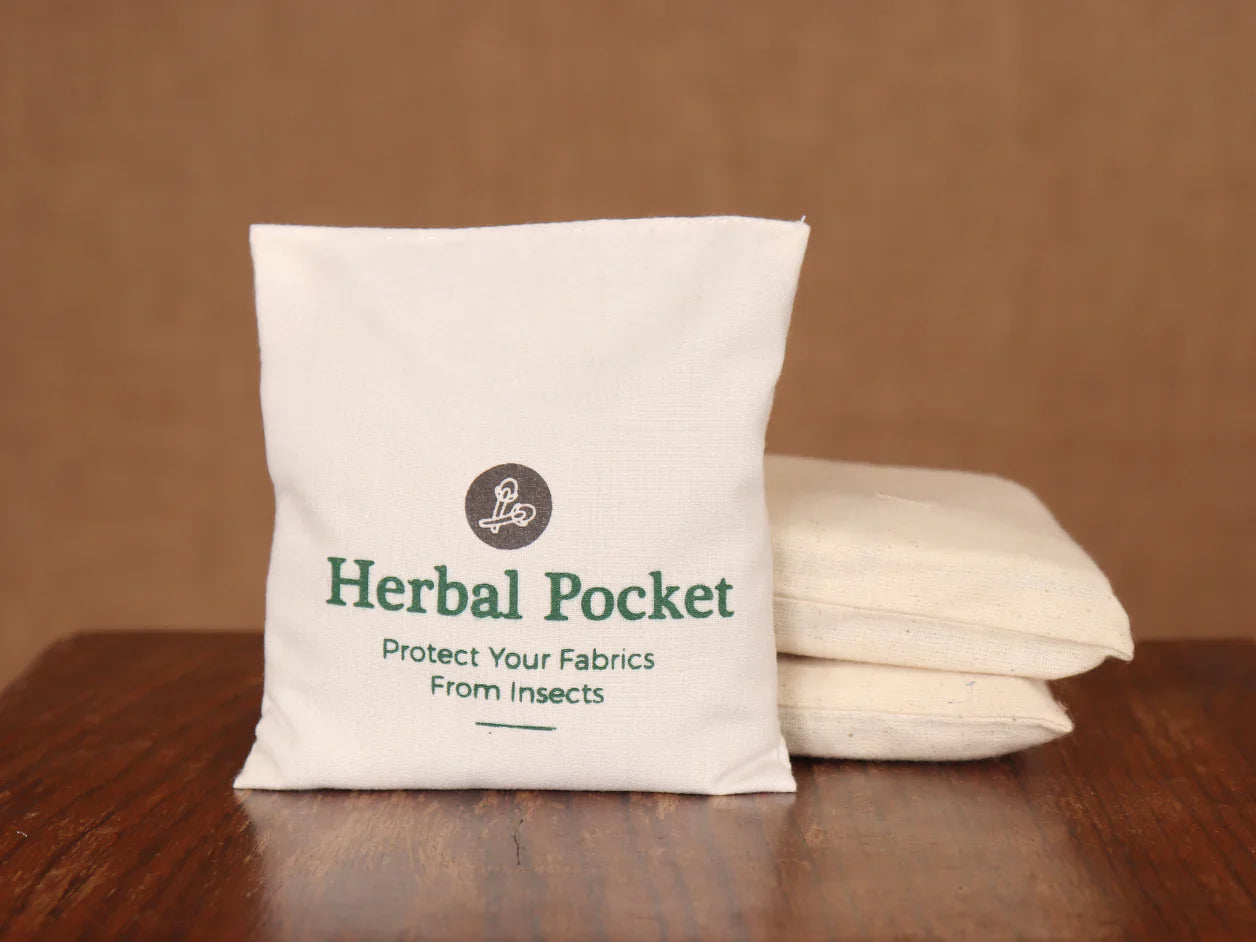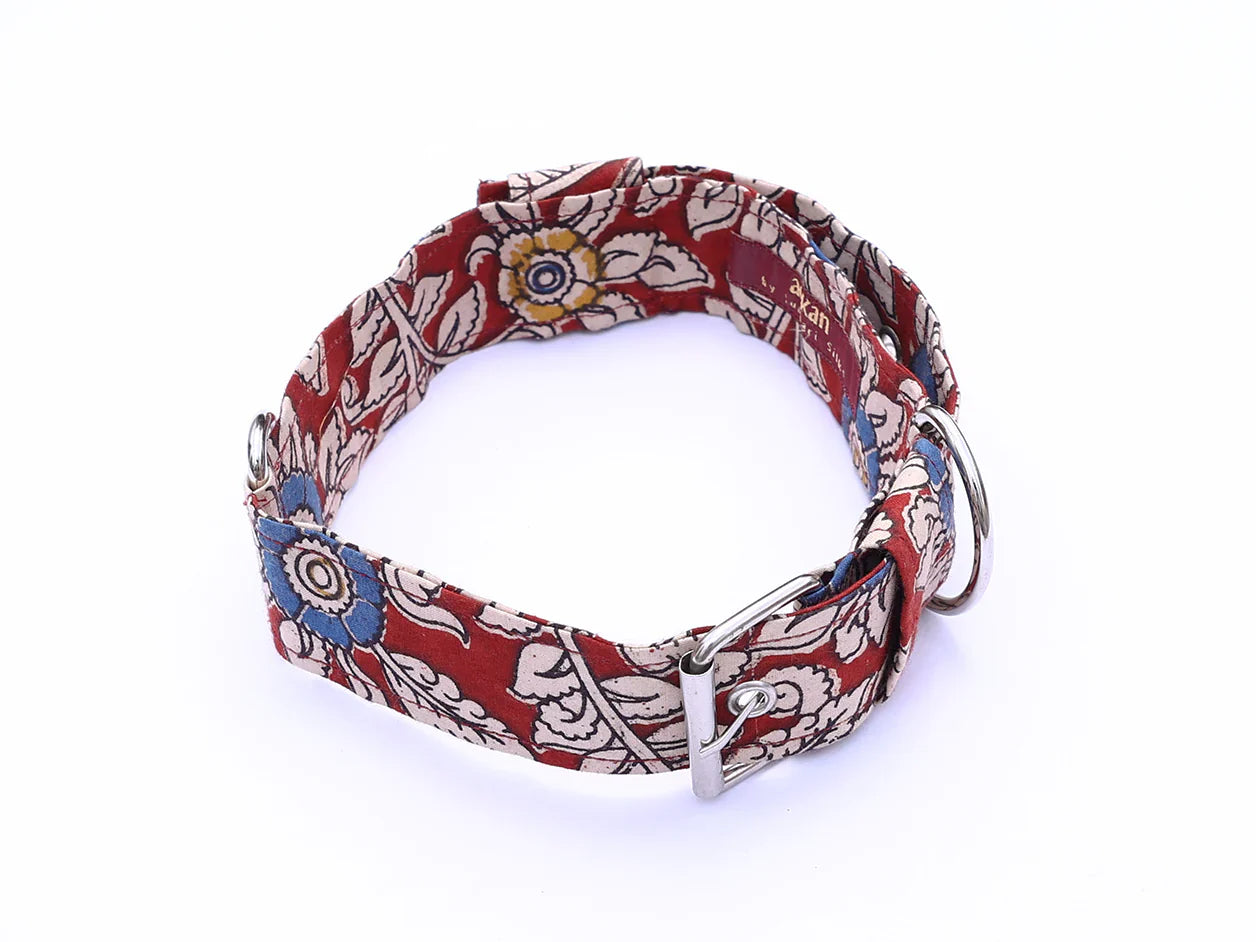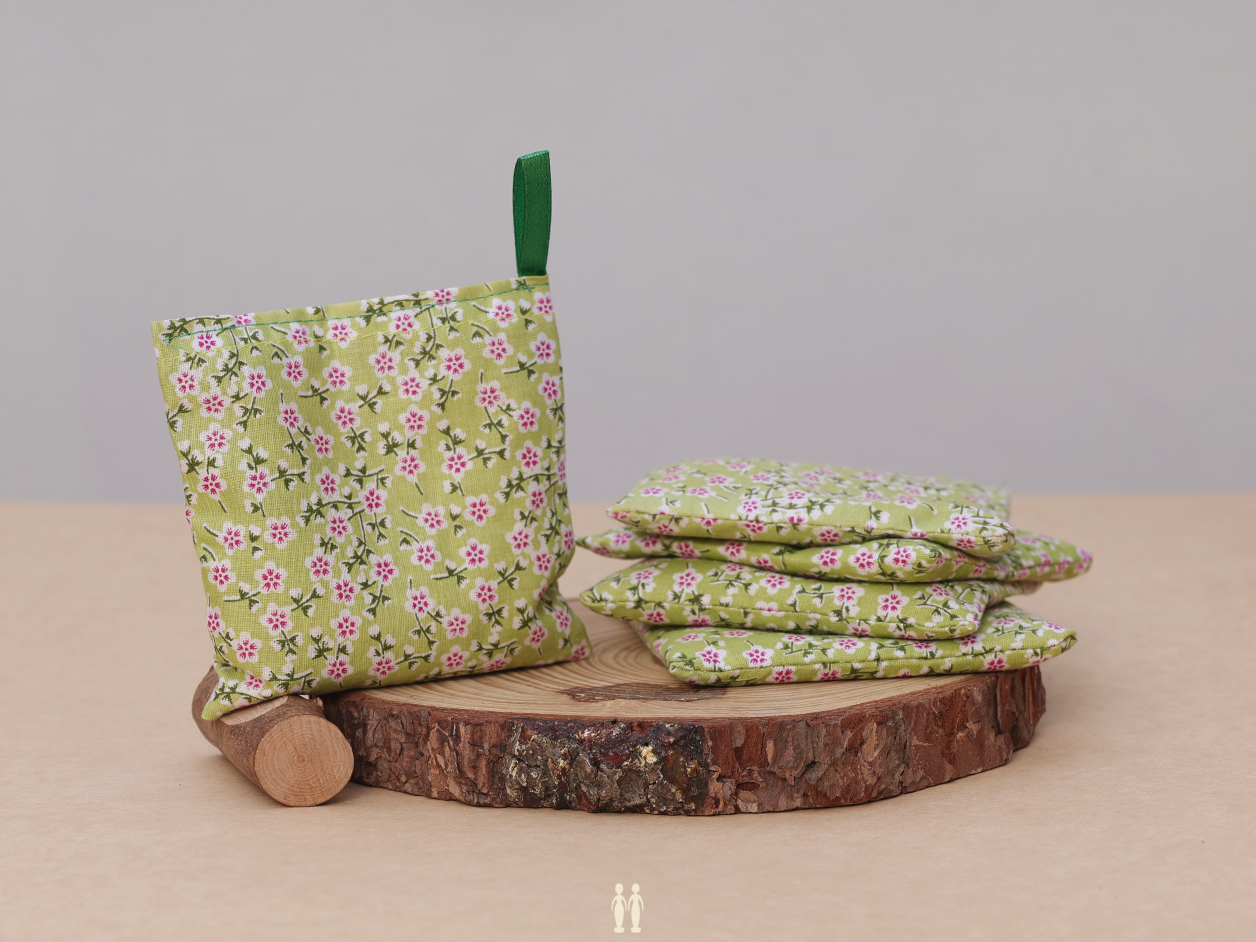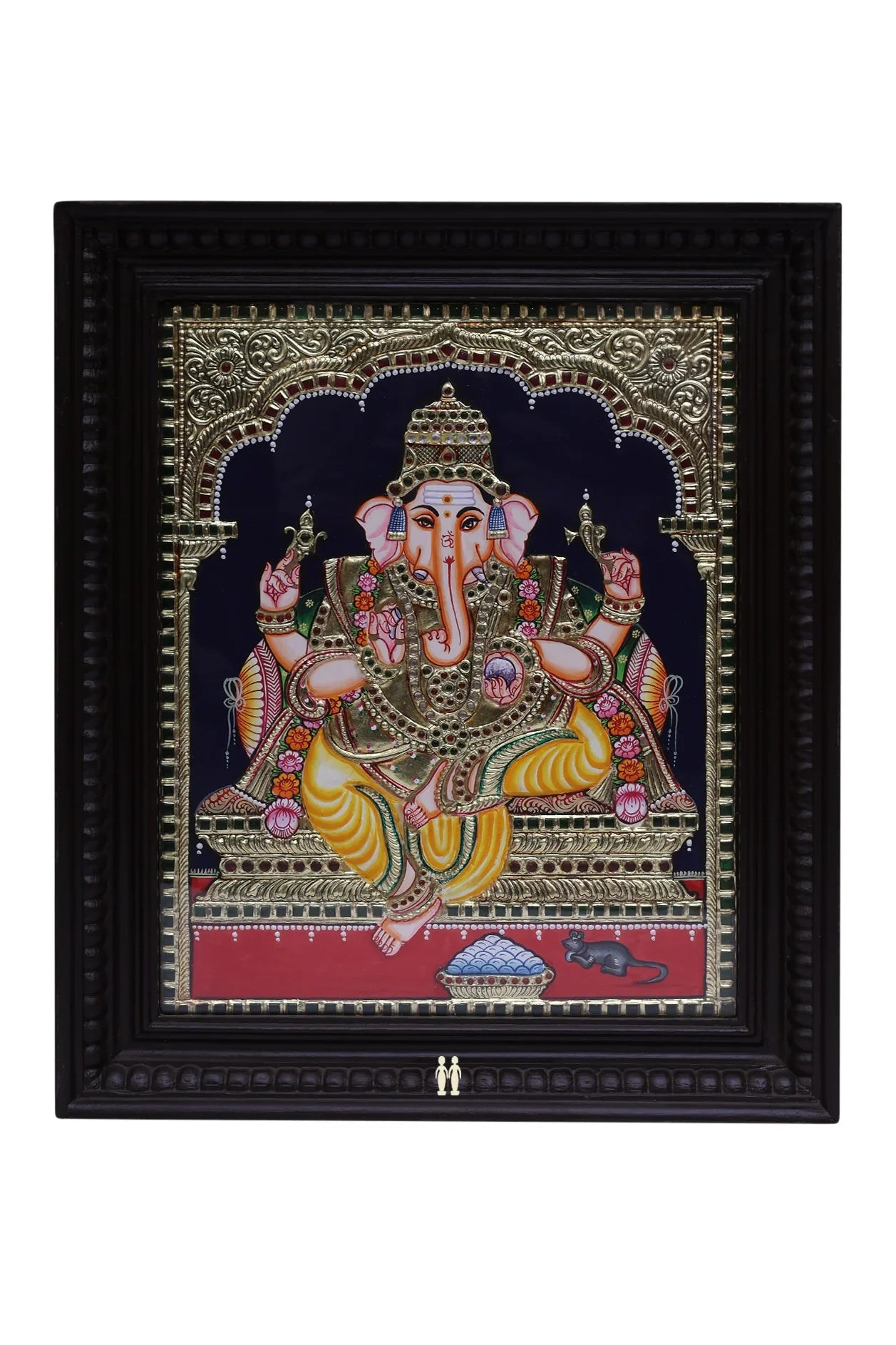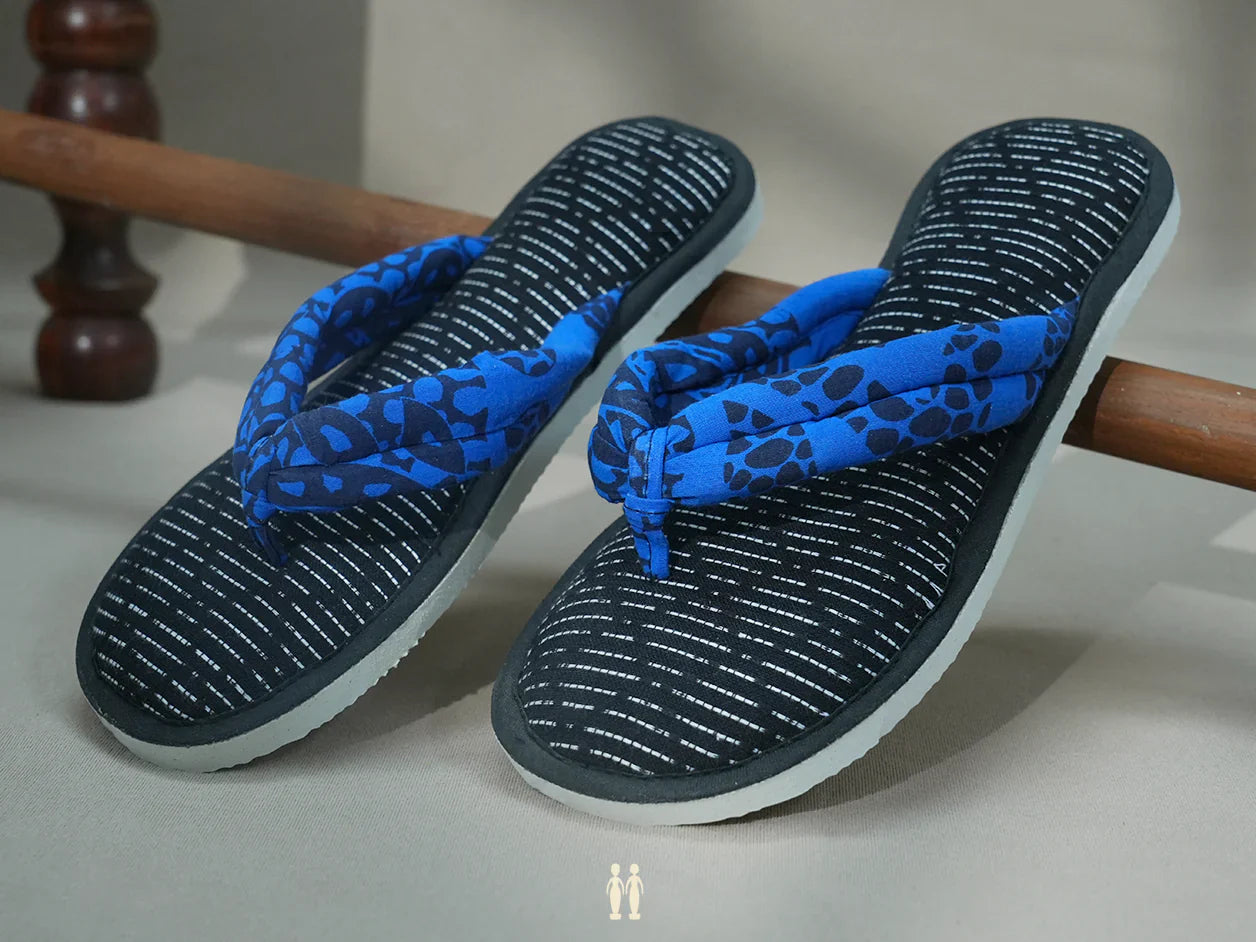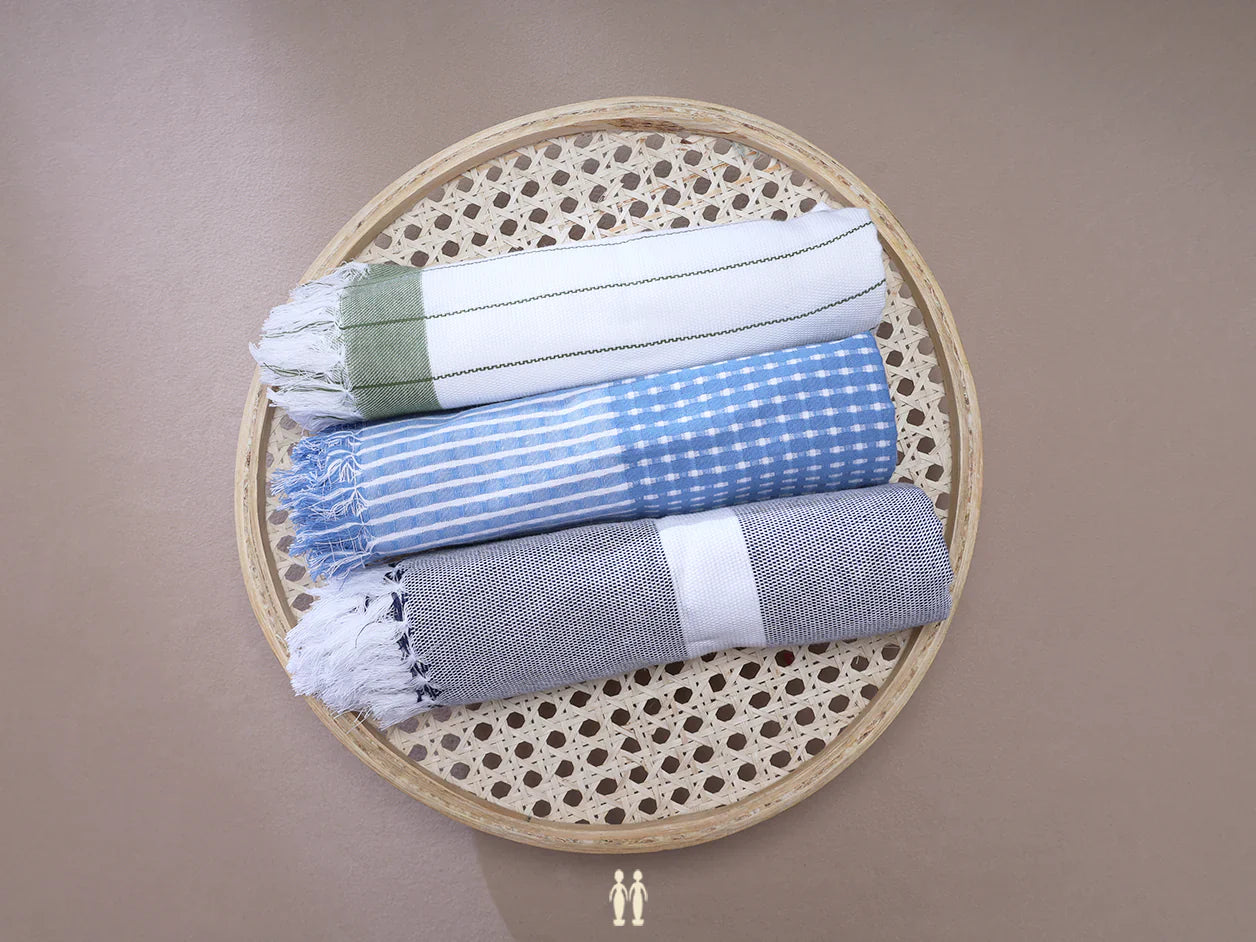Trending Products
CART
Your cart is currently empty.


Pichwai - The Folk Art of Rajasthan
Indian craftsmen have a proud heritage of nearly 5,000 years in the art of decorating textiles by weaving, painting, printing and dyeing. The pigment painted textiles of India are vibrant and colourful, depicting landscapes and characters from Puranas. They are predominantly practiced in Andhra, Odisha, Gujarat, Rajasthan and West Bengal.
Pichwai art has risen to prominence in recent years among the other pigmented painted textiles. Originally, the Pichwai art was solely employed to decorate temples and homes as ceiling canopies. These designs are now being incorporated into sarees, kurtas, and shawls by artisans.

Pichwai paintings
The Vaishnavas of the Vallabhacharya school were the first to introduce Pichwai art in Nathdwara of Rajasthan. These paintings which usually depicted the stories of Lord Srinath Ji were displayed in temples. A few pichwai arts from the late 16th century can still be found in temples in Nathdwara today. The Jangad and Gauda castes of Nathdwara created the Pichwai paintings.
The Pichwai paintings portray a variety of stories, including the life of Lord Krishna, Shrinathji (an incarnation of Lord Krishna), Vallabhacharya's family history, cows, lotuses and many other beautiful patterns from nature.
Technique
The method used for the application of the pigments involved heavily starching the fabric, usually a thick woven cotton cloth and then using binders and adhesives to apply the colours on the surface of the material.
These drawings were usually outlined on a black or white background. Zinc white and charcoal were used to sketch the respective backgrounds. The pigments were derived from mineral compounds and plant materials like copper acetate, lapis lazuli, mercury sulphide, indigo and lamp black. The painting brushes were made of goat hair and squirrel hairs for finer lines.
Pichwais come in a variety of styles and themes. Some of them are as follows:
The Rasleela depicts Lord Krishna's dancing with the Gopis.
The Giriraja Pichwai depicts Lord Krishna carrying the mountain Govardhana on his little finger to protect the people from severe rains.
The Morbuti portrays 12 peacocks dancing for the attention of a flock of peahens.
The Gopashtami shows Lord Krishna playing his flute and enjoying himself surrounded by his cattle.
The tradition of painting on cloth with vegetable dyes, mineral compounds is unique in many aspects. This art form has become very popular with fashion designers and home décor brands. From the walls of temples and homes, it has transcended to our clothing as well. This is a step to instill artistic consciousness in the minds of the people and also a way to understand the various folk and tribal forms of India.


Indian craftsmen have a proud heritage of nearly 5,000 years in the art of decorating textiles by weaving, painting, printing and dyeing. The pigment painted textiles of India are vibrant and colourful, depicting landscapes and characters from Puranas. They are predominantly practiced in Andhra, Odisha, Gujarat, Rajasthan and West Bengal.
Pichwai art has risen to prominence in recent years among the other pigmented painted textiles. Originally, the Pichwai art was solely employed to decorate temples and homes as ceiling canopies. These designs are now being incorporated into sarees, kurtas, and shawls by artisans.

Pichwai paintings
The Vaishnavas of the Vallabhacharya school were the first to introduce Pichwai art in Nathdwara of Rajasthan. These paintings which usually depicted the stories of Lord Srinath Ji were displayed in temples. A few pichwai arts from the late 16th century can still be found in temples in Nathdwara today. The Jangad and Gauda castes of Nathdwara created the Pichwai paintings.
The Pichwai paintings portray a variety of stories, including the life of Lord Krishna, Shrinathji (an incarnation of Lord Krishna), Vallabhacharya's family history, cows, lotuses and many other beautiful patterns from nature.
Technique
The method used for the application of the pigments involved heavily starching the fabric, usually a thick woven cotton cloth and then using binders and adhesives to apply the colours on the surface of the material.
These drawings were usually outlined on a black or white background. Zinc white and charcoal were used to sketch the respective backgrounds. The pigments were derived from mineral compounds and plant materials like copper acetate, lapis lazuli, mercury sulphide, indigo and lamp black. The painting brushes were made of goat hair and squirrel hairs for finer lines.
Pichwais come in a variety of styles and themes. Some of them are as follows:
The Rasleela depicts Lord Krishna's dancing with the Gopis.
The Giriraja Pichwai depicts Lord Krishna carrying the mountain Govardhana on his little finger to protect the people from severe rains.
The Morbuti portrays 12 peacocks dancing for the attention of a flock of peahens.
The Gopashtami shows Lord Krishna playing his flute and enjoying himself surrounded by his cattle.
The tradition of painting on cloth with vegetable dyes, mineral compounds is unique in many aspects. This art form has become very popular with fashion designers and home décor brands. From the walls of temples and homes, it has transcended to our clothing as well. This is a step to instill artistic consciousness in the minds of the people and also a way to understand the various folk and tribal forms of India.
Our Famous Articles

Our Famous Articles
Marappachi bommai
Marapachi Bommai: Heirlooms of Heritage In many South Indian homes,...
Your Ultimate Summer Wardrobe Destination
At Sundari Silks, we believe that the essence of summer...
Threads of Love: A Collection for Her & Him
What is the Meaning of Love? Love is found in...


GET ON THE LIST
Perks include 5% off your first online order at Sundari Silks. Be the first to know about new collections, store launches, sales and much more!






























